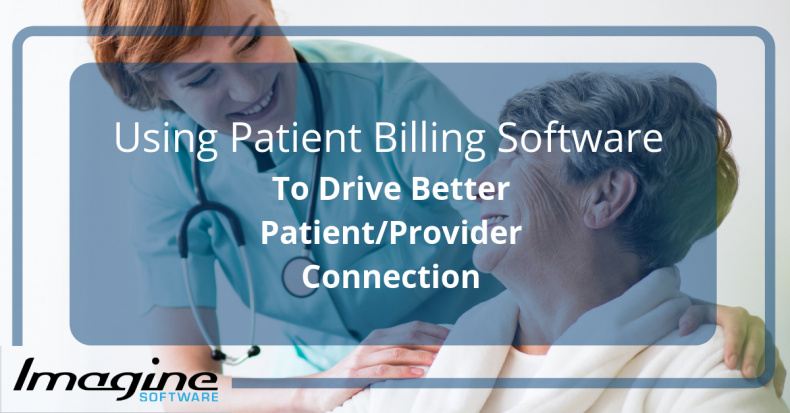For those that follow healthcare closely, there isn’t a week that goes by that the conversation around the shift in patient responsibility doesn’t come up and with good reason. In 2018 the average deductible was north of $1,500 and growing.

Imagine a future in which consumers are empowered with more options for managing their healthcare costs.
Generally, when you hear these stats they are all focused on one conclusion: Patients are responsible for more of the bill than ever before and providers are spending too much time trying to collect those payments. Recently Fierce Healthcare published an article quantifying this challenge. The article painted a grim picture of the challenges independent medical practices are facing:
- 70% of respondents are worried about administrative tasks taking time away from patients.
- 63% of respondents are worried about patient responsibility.
It’s important that we don’t downplay these challenges. They are real. However, for all the challenges this presents, equally as large is the opportunity providers have in capitalizing on the trend and building a competitive advantage in the marketplace.
The Patient's Perspective:
Healthcare is one of the most complex transactions in the economy. It comes with a range of emotions that aren’t present in any other transaction. Not only are patients possibly given a diagnosis or prognosis that is unwelcomed, but they may also be given a price that they simply can’t afford. The out-of-pocket shift has made going to the doctor a complex choice and in many cases patients are putting off or simply declining the coverage they need.
The Provider's Perspective:
At the end of the day, a healthcare practice is still a business. Now more than ever the financial viability of a healthcare practice is tied to their ability to be effective and efficient in capturing from the patients. However, efficiency and effectiveness need to be evenly matched with compassion and professionalism. Billing professionals are tasked with asking patients to pay for a diagnosis they didn’t want, it’s extremely difficult to do.
Best Practices for Patient Billing:
A fundamental consumer expectation in any financial transaction is being able to answer one simple question- how much will this cost? Unfortunately for the consumer, many hospitals and health care systems lack the ability to do so. Similarly, the healthcare industry is far behind others when it comes to offering the kinds of services that consumers expect, like online appointments and automated payments. Patient are confused and scared by the billing process. The first and last point of contact patients have with your practice is with billing. With that in mind, below are a few recommendations for ways to bridge the gap between patients and provider:
- Communication- One of the biggest challenges facing patients today is they simply don’t understand their bill. Providing clear, up-front messaging about anticipated/estimated balances and following up with patients about their bill alleviates this concern and comforts the patient. Engage patients when and how they want to communicate.
- Technology- There have been rapid advances in the technology available to aid in the collections process. Tools like integrated patient pay services (time-of-service or online) have made the posting process seamless for both the patient and provider. Advances in data collection and analytics have brought artificial intelligence to the forefront allow doctors to more accurately identify problem areas and periodize them.
- Payment Options- With healthcare bills ranging from a few dollars to several thousands of dollars, patients need multiple options to pay their bill. An omnichannel approach combining all payment modalities (in-person, online, over the phone, etc.) ensures you have the right tools for all patients. The goal is to provide a pathway for the patient to pay on time or over time.
Getting paid for healthcare services is hard. It is hard on the patient financially and hard on the healthcare organizations resources. However, when you recognize that this challenge is also an opportunity to provide the patient with the payment option that suits them the best, the result can be happier patients and staff members alike.